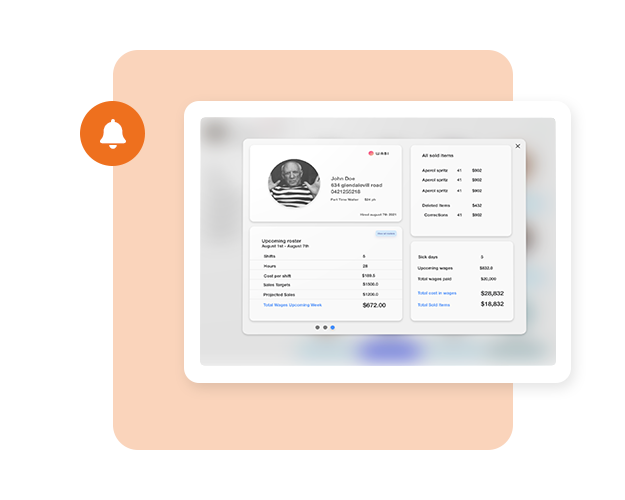Run your entire hospitality business on Wabi
Reservations, point of sale, team management, inventory and payments, all in your pocket.

No setup costs or monthly subscription fees
We’ve partnered with WABI, the all-in-one point of sale software allowing you to seamlessly run your restaurant or hospitality business on-the-go from anywhere at anytime.
With Wabi you’ll be set up in minutes – with absolutely no setup costs and no monthly subscription fees. Yes you heard that correctly – no expensive setup costs or high maintenance subscription fees! Just an iOS device and you’re live instantly.


Simplified payments
Wabi Pay provides an all-in-one management and payment solution, allowing you to seamlessly track revenue in real-time and manage payments at ease. Say goodbye to external payment providers and costly processing fees!
With the latest EFTPOS terminals, your customers will have an enhanced experience with the ability to split bills across the table and enter card details manually if a card isn’t present.
Reservation & table management that keeps seats filled
Wabi provides table management software customised to your operations with fully integrated online reservations. Offer direct reservations on your website or socials – giving you commission-free covers with complete control over add-on experiences, upgrades, SMS reminders and waitlists. Plus, the opportunity to seamlessly capture guest data to create a memorable customer experience.


Create rosters and track employee time
Your employees can track their work hours with ease, record breaks, confirm shifts, notify you of non-attendance and ensure accurate timekeeping from anywhere at anytime with an easy-to-use app that allows them to ‘clock in’ for super accurate time tracking.
Plus, cutting-edge roster management features such as automated wage percentages will save you time and ensure you effectively manage labour costs when creating rosters.
Real-time data at your fingertips
Log in from anywhere around the world and gain access to real-time data and analytics including revenue, labour, costs of goods, customer loyalty and more so that you can keep track of how your business or multiple venues are performing and make informed decisions.
Easily compare weeks, months and years so that you can analyse and compare staff sales and performance progress.

Pricing
Wabi point of sale software is free – there are no setup fees or monthly fees. Only pay when you take a payment.
Setup fee
$0
Monthly fee
Payment fee
Get started
To get started and to setup your free trial, simply fill out the form below and we’ll be in touch.
Start your free trial now
Get started today and see how easy it is to track, manage, and optimize your time!
